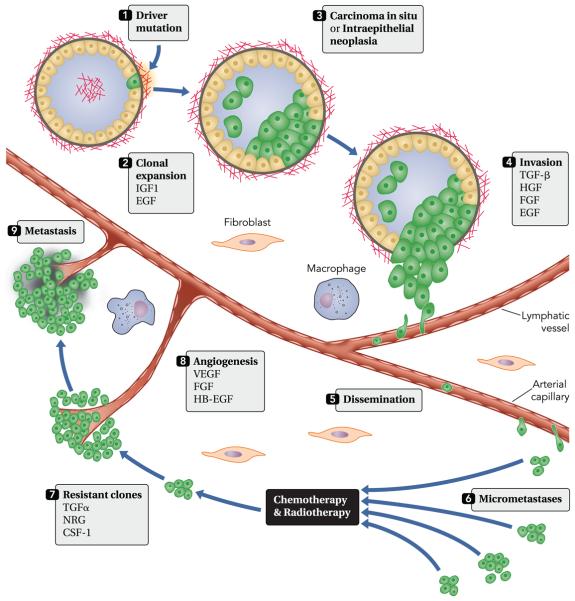FIGURE 1. The stepwise progression of cancer and roles for growth factors.
The process is instigated by a somatic mutation, which confers considerable survival and growth advantages to the initiated cell (1). GFs like EGF and IGF1 support the consequent expansion of mutation-bearing clones (2), often leading to intraluminal lesions (3), such as carcinoma in situ or intraepithelial neoplasia, which are surrounded by the basal membrane. Invasion (4) refers to the migration and penetration by cancer cells into neighboring tissues. This process involves loss of epithelial polarity, acquisition of a motile, mesenchymal-like phenotype, and secretion of proteases. Both oncogenes and tumor suppressors, along with a large group of GFs, control this critical phase of tumor development. Cancer cells enter (extravasation) and exit (intravasation) lymphatic and blood vessels to disseminate (5) and metastasize to distant organs. Extra- and intravasation entail the supporting functions of macrophages, platelets, and endothelial cells. The resulting micrometastases (6) usually display sensitivity to chemotherapy and radiotherapy. However, the acquisition of new mutations and the ability of cancer cells to produce GFs (autocrine loops) propel the outgrowth of resistant clones (7). Angiogenesis (8) is essential for the establishment of secondary tumors larger than 1 ml. Both sprouting of existing vessels and recruitment of bone marrow-derived endothelial progenitor cells are stimulated by GFs secreted by tumor and stromal cells. In the final phase, relatively large metastases (9) populate a distinct set of target organs. Note that a latency period of several years may precede this final phase. CSF-1, colony stimulating factor 1; EGF, epidermal growth factor; FGF, fibroblasts growth factor; HB-EGF, heparin-binding EGF; NRG, neuregulin; TGF, transforming growth factor; VEGF, vascular endothelial growth factor.

